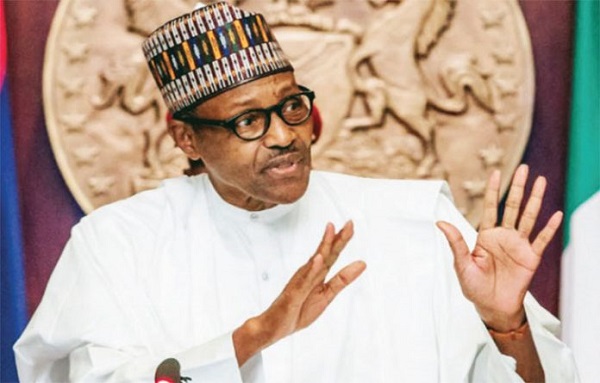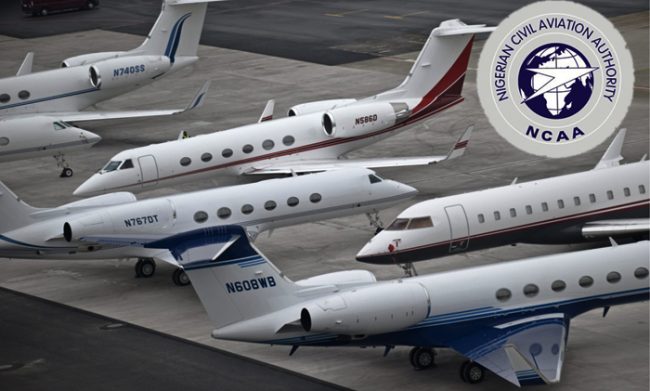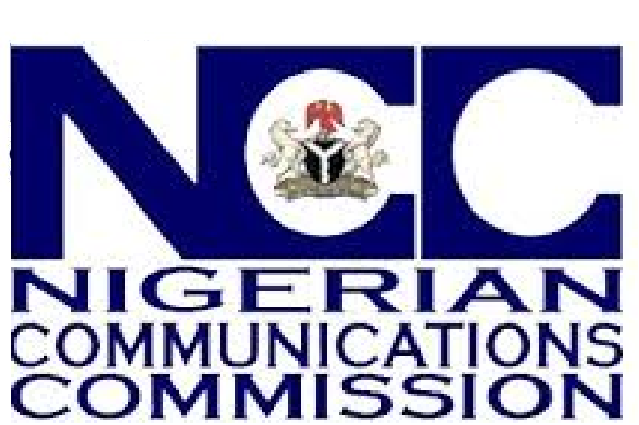A four-year zero accident record (2015-2019) in Nigeria’s civil aviation industry is indeed worth celebrating. For President Muhamadu Buhari, he deserves all the credit – as well as the accolades – for this feat, which the country archived during his first term in office.
Sworn in on May 29,2015 as Nigeria’s sixth democratically elected President, Gen. Muhamadu Buhari had set out to reform the Nigerian aviation sector this his ‘Roadmap for the Aviation Sector’ – a project and policy document which placed high premium on investments in critical air navigational and airports infrastructure that will ensure a zero-accident record for the country.
The roadmap also had as it’s other components, the concession of the airports, establishment of a national carrier, establishment of a Maintenance, Repair and Overhaul (MRO) hanger, and the development of an agro-allied/cargo terminal.
And while the Roadmap had sought to build world-class airports, navigational aids, a maintenance and repair hanger, and float a national carrier for the country, it also targeted the strict implementation of globally set safety regulations for the operation of the country’s civil airline business. In July 2016, the government had enacted a new Nigerian Civil Aviation Regulation to give legal teeth to it’s fight for a safe Nigerian sky.
Placing such high premium on the security and safety of airports and airlines operation had become necessary given a history of air mishaps which had charecterised the reign of Buhari’s immediate predecessors – Chief Olusegun Obasanjo and Dr. Goodluck Jonathan. It was under the watch of these two Nigerian Presidents that aircraft flying in the Nigerian civil aviation industry were tagged ‘flying coffins’ – and this tragic era started with the 2002 crash of the EAS Airlines BAC 1-11 in Kano where at least 148 people were killed, 75 on the plane and at least 73 on the ground; and was followed thereafter with the October 2005 crash of the Bellview Airlines Boeing 737 airliner shortly after take-off from Lagos with all111 passengers and six crew killed; and two months later there was the December 2005 Sosoliso Airlines DC9 aircraft from Abuja which crashed on landing in Port Harcourt, killing 106 people, half of them schoolchildren from the Loyola Jesuit College Abuja on their way home for Christmas. In 2006 an ADC airliner with 114 passengers including the Sultan of Sokoto on board it crashed and burned after take-off from Abuja, killing 96 people including the crew; and six years later came the 2012 Dana Air passenger plane crash carrying 153 people in the Agege suburb of Lagos; and the last was the Associated Airline crash in Lagos with 20 persons on board which carried the remains of Olusegun Agagu (a former Governor of Ondo State) for burial in Akure.
In June 2015, few days after Buhari had assumed his, a highly placed official at the Nigerian Civil aviation Authority (NCAA) had told Daily Sun of the intolerance of the new government to airports and regulatory lapses that might lead to any air accident in the country.
“The President (Buhari) would not mind clearing the entire NCAA of its management and senior staff should any air crash happen,” said the official. “We have a mandate to maintain a zero-accident record; everyone is working with the airline and the airport to enforce that mandate,” added the official.
A safe sky was made possible with the certification of Murtala Muhammed International Airport, (MMIA) Ikeja, Lagos in April, 2017 and Nnamdi Azikiwe International Airport, Abuja in November, 2017 in line with the guidelines and procedures stipulated by the International Civil Aviation Organization (ICAO). The certification of Kano and Port Harcourt airports are in advanced stages. These airports certification are the first ever in Nigeria and provide the safety templates for the operations of the other 18 airports as the Nigerian aviation sector is essentially designed to revolve around the Lagos, Abuja, Kano, and Port Harcourt airports’ as hubs.
The safety are air transport is not only linked to the the state of airport infrastructure, but also that of the navigational facilities that guides the take-off, landing and smooth cruising of aircraft. In his first four years, the Buhari administration had completed the Kano Tower Automated Air Traffic Management and Meteorological Systems, just as it ensured the nstallation of Instrument Landing Systems (ILS), Doppler VORs (DVORs), Distance Measuring Equipment (DMEs) at ten airports across the country.
To boost communication between pilots and air traffic controllers, the government had also installed Very High Frequency (VHF) radios for aerodrome and approach air-ground communication in 21 airports nation wide, as well as the installation and upgrade of infrastructure at various airports to improve operations especially during hours of darkness and inclement weather.
To enable local airlines purchase newer aircraft, the government had abolished the payment of import duties on new aircraft, as well as on imported aircraft engine and spare parts. The speed with which this policy was implemented was lauded by stakeholders in the industry.
The government had also assisted and guided the domestic airlines in the country to attain certification in IATA Operational Safety Audit (IOSA).Currently, the following Nigerian domestic airlines (Dana Air, Air Peace, Arik Air, Medview Airlines) have IOSA Certification meaning their operations are in line with IATA safety standards.
The ICAO Universal Security Audit Programme undertaken in June, 2015 had revealed that Nigeria oversight and compliance indicator was 96.45 per cent. However by March 2016, Nigeria achieved an Effective Implementation Level of 67.36 per cent during the ICAO Universal Safety Oversight Audit Programme which is above global average of 63.54 per cent.
In the areas of State Safety Programmes, Nigeria by 2019 had attained Level 3 out of 4 levels, thereby moving from red to green on the ICAO Dashboard.
And were President Buhari elected to run a single term of four years, the government would have gone down on record on May 29,2019 as having fulfilled it’s core promise of operating a safe sky for airlines and passengers. As President Buhari starts his second tenure on may 29, 2019, the sustenance of this intolerance for an unsafe sky should remain the government’s next level cardinal policy for the aviation sector.
It is also to the credit of the Buhari government that about 1,500jobs were saved as it intervened to rescue Arik and Aero Airlines from total collapse. Both are currently in operation but under receivership of AMCON.
The Buhari government also recently commenced the payment of severance and retirement benefits of former staff of the defunct Nigeria Airways.
And statistically, the country has recorded an average growth of 33 per c on domestic operations and 11 per cent on international operations, while under President Buhari there has been a marginal increase in aviation sector contribution to GDP from 0.4 per cent to 0.6 per cent.
On the downside is the fact that Nigeria presently has Bilateral Air Services Agreements (BASAs) with 83 countries, many of which have been reviewed to create opportunities for domestic carriers but are largely not utilized (10 per cent ) due to the limited capacity of existing domestic airlines.
The establishment of a national carrier therefore remains imperative for the unlocking of the full potential of the Nigerian aviation sector for national growth and prosperity. And it is a project that Buhari should pursue to a logical conclusion in his second term.














